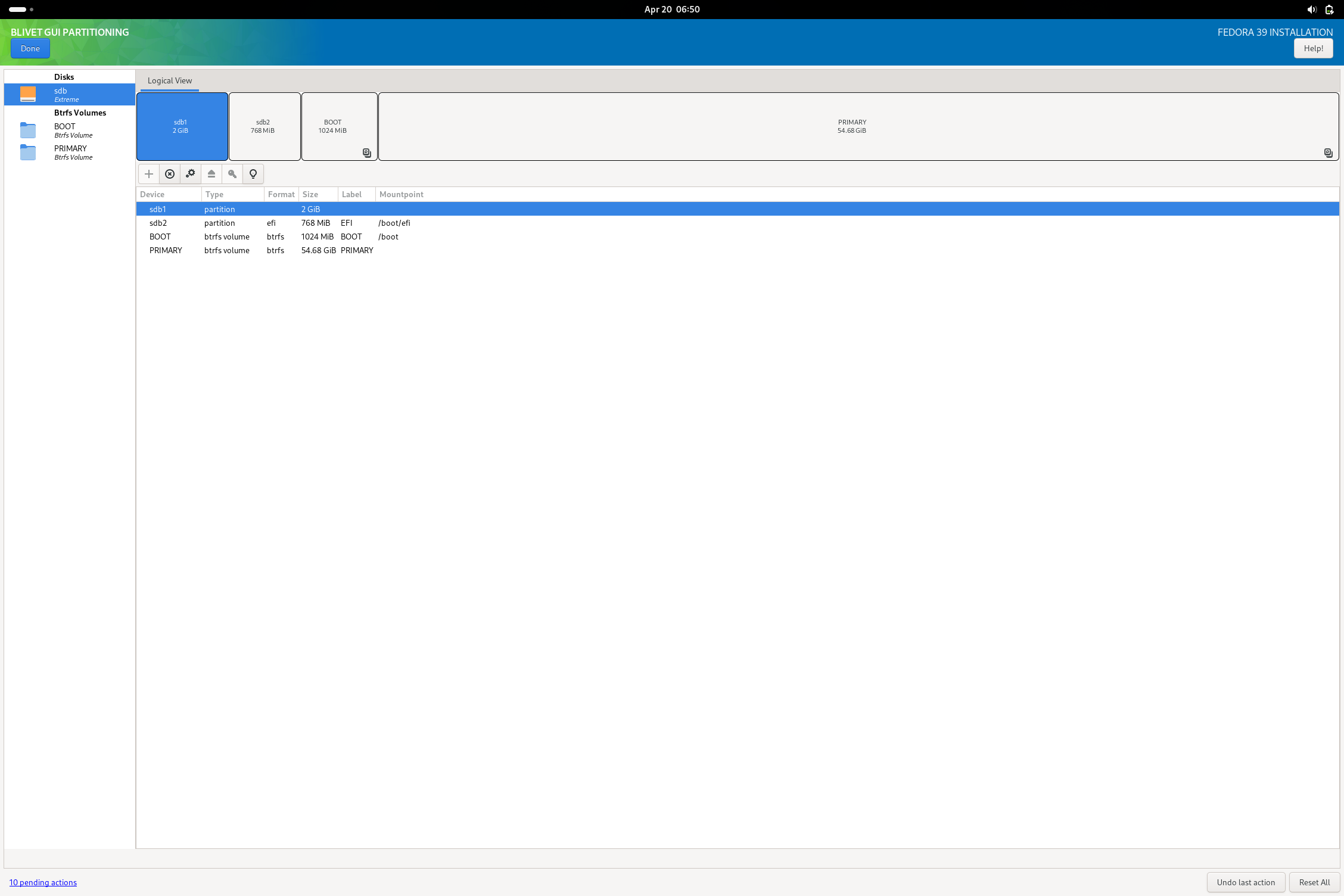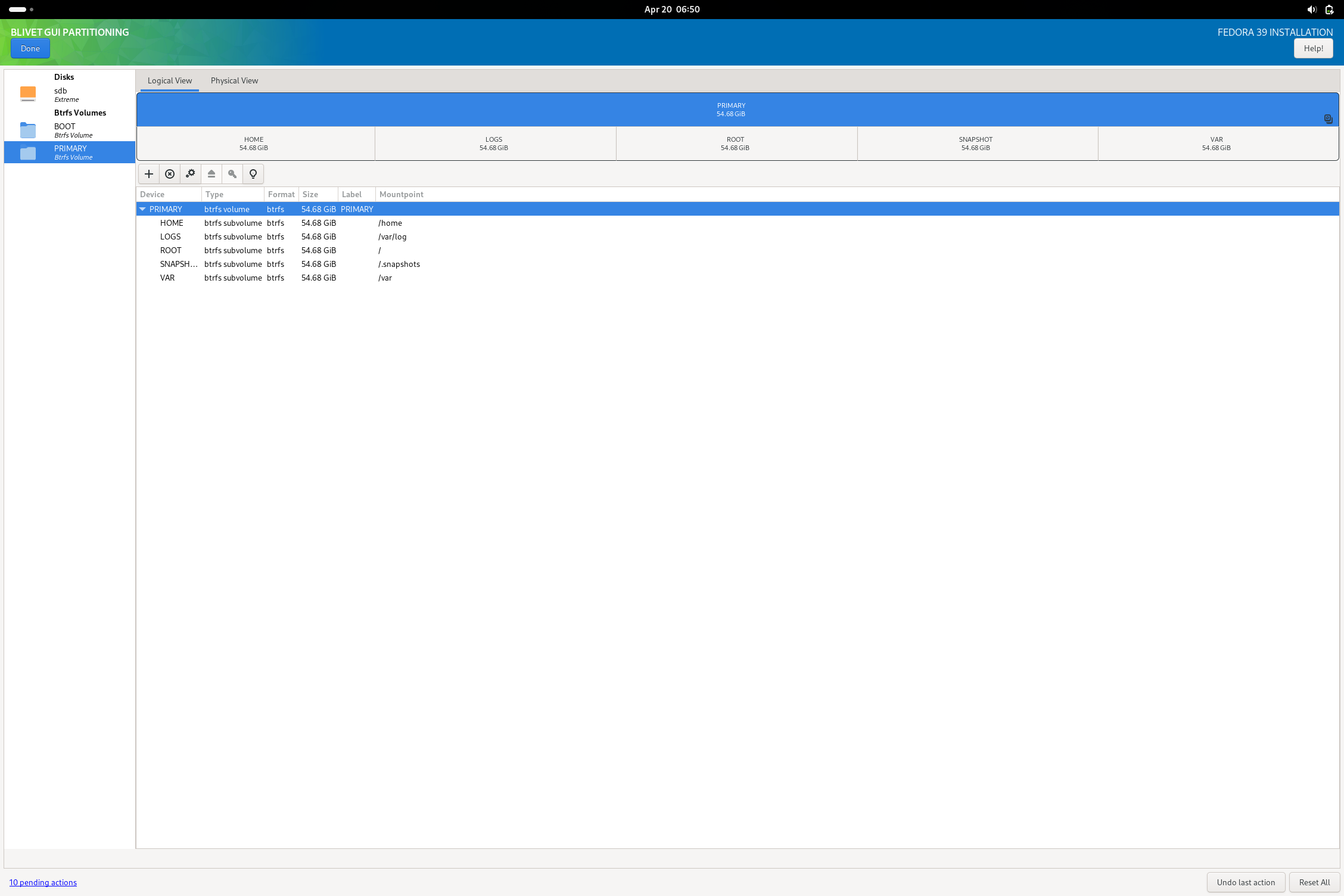Alongside many others, I agree that using QEMU through GUI frontends like virt-manager or GNOME Boxes, or even server-focused solutions like Cockpit+VM plugin or Proxmox layered on top of your installation.
I just want to note a decent point against other solutions like VirtualBox or the VMWare products that work on Linux: these solutions that don’t rely on QEMU almost certainly need the user to install out-of-tree kernel modules (that in some cases may also be proprietary). QEMU and its frontends don’t need out-of-tree modules in a majority of distros and can work out of the box with all features (given BIOS configuration of the host and hardware supports them).









As I am teaching myself right now maintainable selfhost setups using popular apps (admittedly with Kubernetes vs something minimal in functionality like Docker Desktop), there is a lot of complexity involved in getting these services both functional and maintainable while also having to consider the security implications of various setups.
While I agree the concept of self-host is a good thing to advocate, I think the complexity and difficulty involved not just to do it, but to do it right is going to be a straight cliff of a learning curve for those not already technically inclined in databases, networking, and filesystems/block storage.
Honestly, taking the burden of being IT for a reasonable subscription cost for your efforts is a better way to go, especially if the setup allows for expanding your offerings to other members in a localized community.